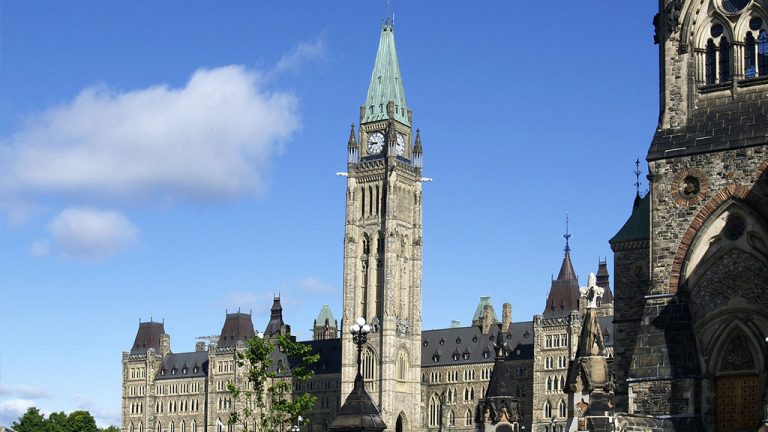Government uses two types of procurement under certain conditions. The two main classifications of procurement options are “competitive” as opposed to “non-competitive” procurement.
The costs and benefits of the various methods of procurement, that comprise each classification, can be used providing the municipality follows the policy and procedures set out by council.
Some of the most common kinds of purchasing arrangements include: tendering, quotation, open market, request for proposal (RFP), negotiation and single source, as well as emergency procurement. Among the foremost, tendering and request for proposal represent open competitive procurement. A formal or informal quotation purchase is a closed method of competitive procurement. Negotiation, single source and emergency procurement are non-competitive methods of procurement.
The archetype of non-competitive procurement is single sourcing. Where this method is employed, a municipality purchases on the basis of an offer made by a single source of supply with no effort to determine whether there are competitors who may be prepared to supply the same goods or services at a cheaper price. This is a controversial method of procurement. It is most frequently invoked only where there is a perceived emergency.
In view of their open nature, tenders and RFPs are the preferred method of public procurement both in Canada and abroad. In competitive procurement the contract is awarded through some form of competition process, in which each bidder for a possible contract is evaluated according to some predefined criteria set by the municipality.
The lynchpin of competitive procurement is the basic tender, in which the determining criteria are essentially the price offered by each bidder. I say “essentially” because there are invariably some non-price criteria, that a bidder must satisfy to obtain the contract (i.e. the provision of a performance bond), but once these criteria are satisfied, the contract goes to the lowest “qualified” bidder – the bidder meeting those criteria who submits the cheapest price.
As mentioned previously, the tender is ideally suited to contracts for the purchase of what are known as fungible goods — that is, a good of a kind where the products offered by each supplier are essentially perfect or near-perfect substitutes for each other. A good example of an essentially fungible product is gasoline. Depending upon where one drives, there are different grades of gasoline on offer. All grades of gasoline contain roughly the same amount of heat energy, but a higher rating means that the fuel is less likely to cause engine knock. Since gasoline is essentially fungible, it is ideally suited for purchase by tender.
Relatively few items that a municipality is likely to buy may be so characterized. For most types of product, the goods offered by one manufacturer can be differentiated in some way from the goods manufactured by another. Absent from government regulation, markets tend naturally towards product differentiation. In a true tender, a customer selects a supplier almost entirely on the basis of price. However, for many kinds of supply, the goods and services offered by one supplier are neither perfect nor near-perfect substitutes.
Instead, the goods and services of each supplier are of a unique grade or quality. To deal with goodsww and services of this nature requires an alternative form of competitive procurement — the RFP. When properly structured, a prospective customer declares that it requires goods, construction, or services to meet a particular kind of need. The suppliers then submit proposals as to how their requirements can address that need. Each proposal is then scored under some previously disclosed system of evaluation, and the winning proposal is the one which best addresses the need.
Government procurement follows a specific set of rules and is available on the website of the agency that you are bidding through.
Stephen Bauld, Canada’s leading expert on government procurement, is president and CEO of Purchasing Consultants International Inc. He is also the co-author of the Municipal Procurement Handbook, published by LexisNexis Canada. He can be reached at stephenbauld@bell.blackberry.net











Recent Comments
comments for this post are closed